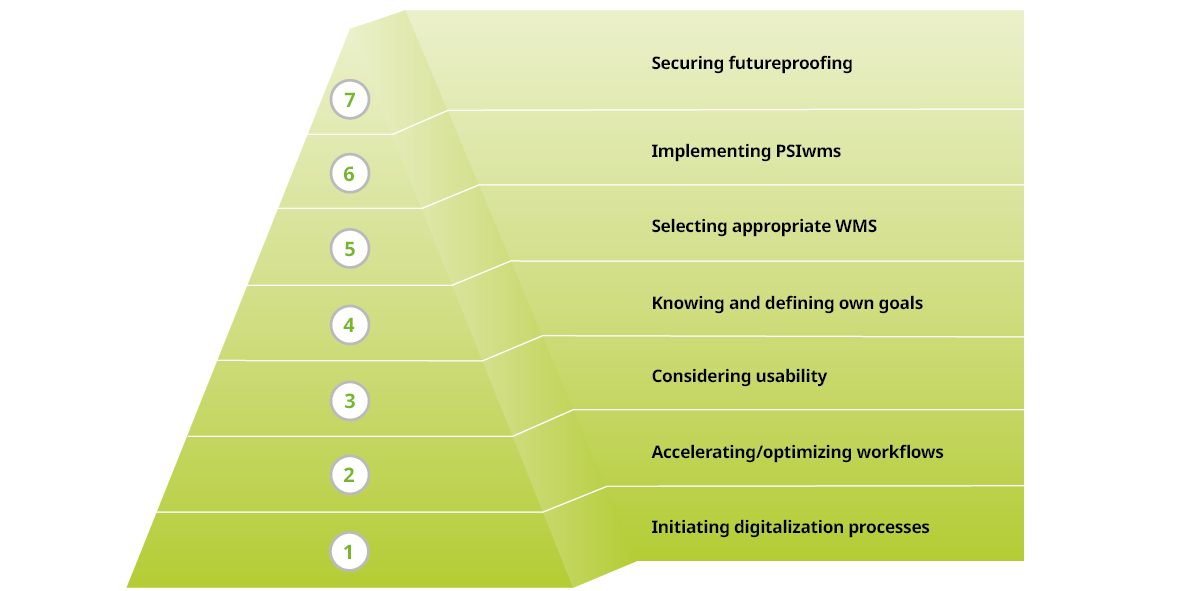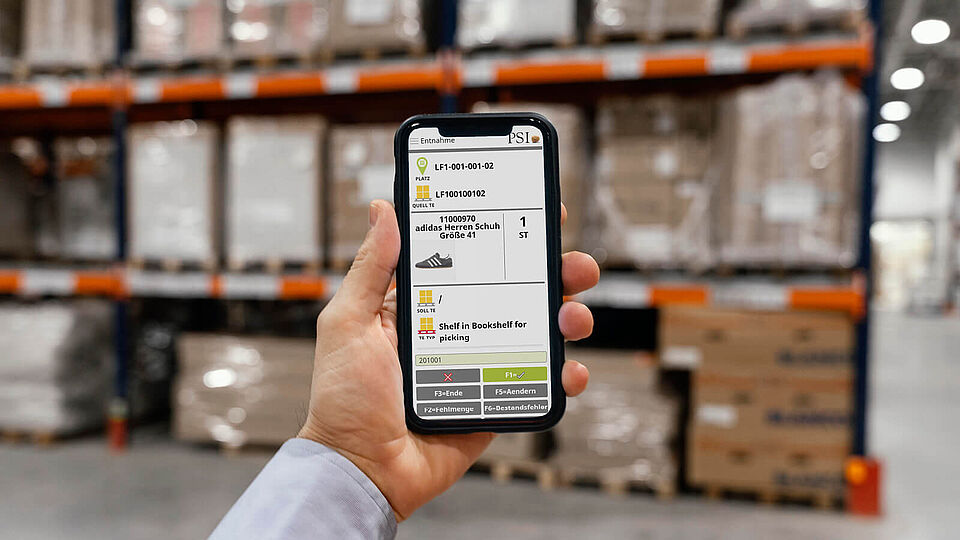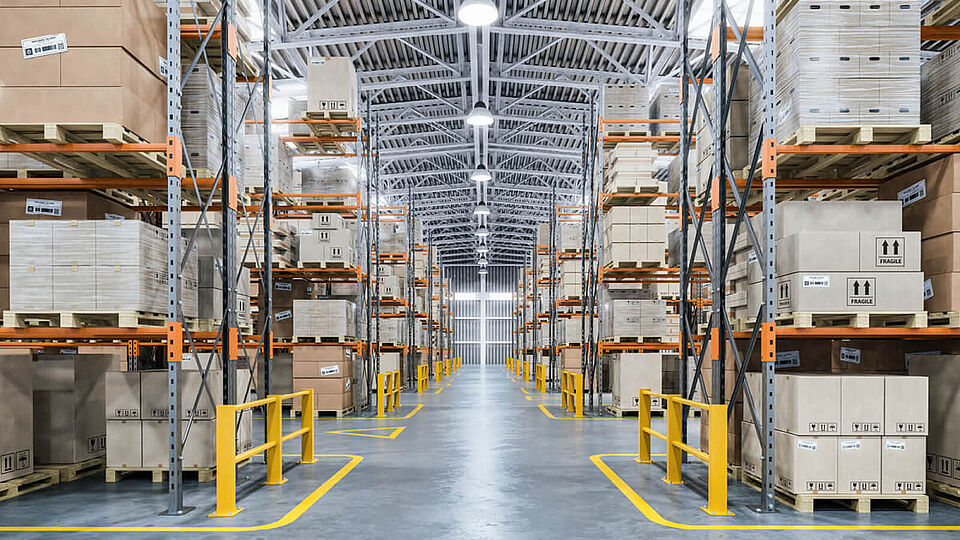A long overdue step towards the future. Processes in the warehouse are also becoming increasingly digitalized. Based on Industry 4.0, Warehousing 4.0 has emerged as a new trend term in logistics – What does it exactly mean? What will the future standards in warehouse management look like?
We live in a time when it has become natural to obtain information on any subject from anywhere and at any time. We notice this often in the daily use of our own digital devices, such as smartphones. We are constantly connected with everyone, orders are placed on the go in between, and we check the latest news via an app.
Online shopping, for most, is now part of everyday life. Many employers rely on web conferencing instead of face-to-face meetings, and some of us even book our doctor's appointments online. We can also have our groceries and other purchases delivered to our doorstep within minutes. But what are the logistical steps behind these possibilities? What does the digitalization processes in logistics exactly look like?
Entering the digitalized warehouse
To meet the modern-day desire for immediate availability, it is necessary to increase the speed of warehouse processes significantly. After all, fast handling of individual process steps in the warehouse is a prerequisite for fast delivery. To achieve this, processes must be designed to be flexible and transparent, and traceability must be ensured. This is best accomplished through warehouse IT.
Numerous warehouse operators are already using a warehouse management system (WMS), sometimes in conjunction with an enterprise resource planning system (ERP), to digitalize their warehouse processes. These warehouse operators are a decisive step ahead of their analog competitors: The foundation for a digitalized future has been laid.
Digitalized warehouses offer many possibilities
A common driver for warehouse operators is the optimization of existing warehouse processes. Additionally, the intention is to establish new processes that meet customer requirements for flexibility, transparency and variance. Another possible goal is to establish new business models or new service offerings. While warehouse operators formulate their company's own goals, requirements for the appropriate software arise automatically, thus supporting the decision-making process.
Suitable warehouse IT makes it possible to cope with the ongoing digitalization process. This can ensure both the sustainability and future proofing of the warehouse.
Therefore, it is necessary to know what is important in the respective warehouse. At PSI Logistics, for example, we are constantly exchanging ideas with our customers, partners, and suppliers to optimize our WMS in a targeted manner and to incorporate different requirements into projects with agile workflows. We consider technological trends and implement them when they offer our customers real benefits.
Exchanging ideas with our customers is focused on bringing forth the best experience for end users and supporting them in their daily workflows. To accomplish this, warehouse IT must be state-of-the-art and easy to use. Thanks to our customers' suggestions and experiences, improvements can be integrated directly into the development of the warehouse management system.
Digitalizing the warehouse using the right WMS
With PSIwms, future proofing is already guaranteed in the standard version. Configurable work masks and an optimized user interface improve user experience. The interface makes it easy to move and link menus, lists, tables or complex dialogs by drag and drop. Thus, the user interface can be easily customized to individual needs. The new work masks support the user's workflow with a clear design and useful functions.

With a special focus on usability, the clear design of the templates ensures intuitive usability and accelerated workflows. This provides employees with the best possible support while also ensuring efficient warehouse processes. Dialog masks can be operated primarily by scan as well as by touch and keyboard, while being set up to fit the respective workplace. A central information field and fixed buttons facilitate operation, while allowing individual configuration by the user.
In the future, PSIwms with e-commerce functionalities will be available for download in the PSI App Store. The fast and efficient implementation from the cloud allows adjustments during operation. Finally, multi-cloud solutions guarantee fast updates. This way, digitalization measures in the warehouse can be implemented in the best possible way and future proofing of the warehouse IT can be constantly guaranteed.



